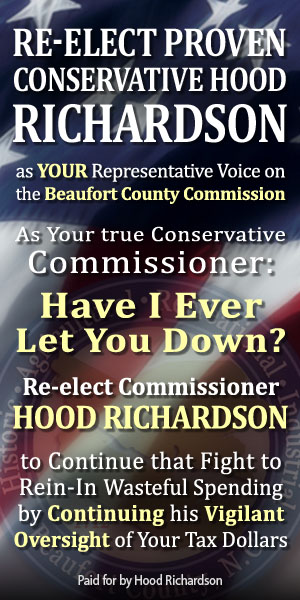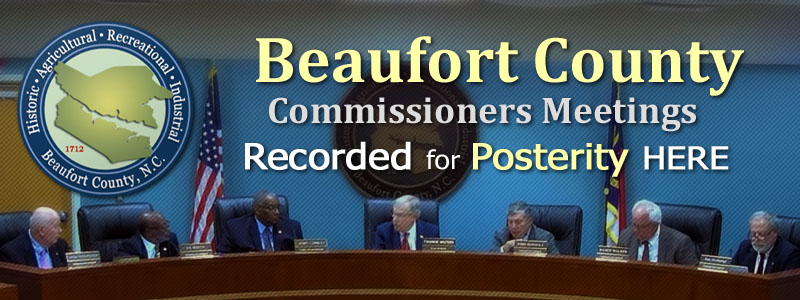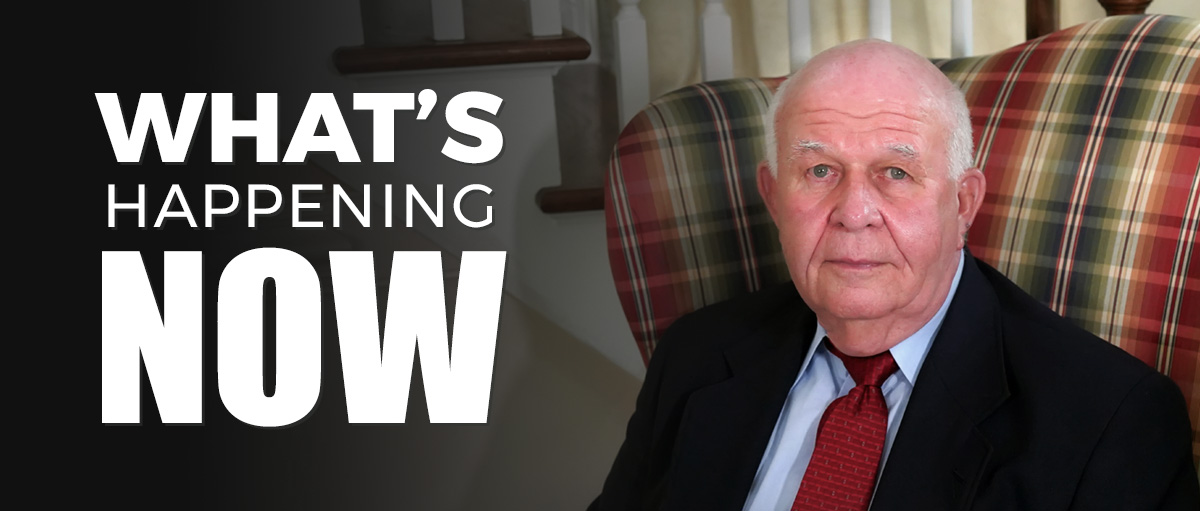Publisher's note: This article appeared on John Hood's daily column in the Carolina Journal, which, because of Author / Publisher Hood, is linked to the John Locke Foundation.
RALEIGH — Government is far, far bigger than it used to be. Liberals generally cheer this development. Conservatives regret it. To understand the disagreement about this change, one must first understand the magnitude of the change.
For the first century and a half of the American Republic, government at all levels — federal, state, and local — accounted for a tiny fraction of the economy. Even as late as 1929, the eve of the Great Depression, government spending was just 8 percent of the gross domestic product.
Moreover, most of it occurred at the state and local level in the form of law enforcement, public safety, the construction of America's first true road networks, and the expansion of public education. These were functions with wide public support, then and now. The federal government focused on truly national and international affairs.
The 1929 stock market crash and ensuing economic turmoil changed all that. First the Herbert Hoover administration and then the Franklin Roosevelt administration dramatically escalated federal spending in an attempt to "prime the pump" of economic recovery through stimulus and redistribution schemes. Many state governors and legislatures followed suit. Total government spending doubled to 16 percent of GDP by 1932, then stayed at or above that level for most of the decade. Total revenue averaged a point or two lower as a share of GDP, resulting in accumulating debt at the federal level and in some states and localities.
America's entry into World War II resulted in another large leap in the size of government. Total expenditures spiked to 36 percent of GDP in 1945, with total revenues at 23 percent. Even the military demobilization after the war didn't entire reverse the trend. Total revenues remained at 23 percent of GDP through the 1950s. Expenditures also averaged 23 percent, low enough to avoid racking up additional debt but still far higher than in previous generations.
Still at this point it is important to understand that most government expenditures were either protective (law enforcement and public safety) or productive (infrastructure and education). Social Security and unemployment insurance were universal but not yet particularly costly.
The third category of government, redistributive programs, began a significant expansion in the late 1950s with the instigation of federal disability payments and a joint federal-state program for poor patients in hospitals and rest homes. The enactment of Medicare and Medicaid in 1965 dramatically accelerated the trend, with the latter program inducing states into major redistributive spending for the first time. By 1970, total government expenditures reached 30 percent of GDP, including both the effects of entitlement programs and the war in Vietnam. Revenues were at 27 percent, and would continue to average about 3 points below expenditures during the 1970s, 1980s, 1990s, and 2000s.
The final large expansion of government occurred after another economic panic, the Great Recession. Since 2009, total expenditures have averaged 35 percent of GDP, vs. total revenues of only 27 percent. So a government debt that had already grown excessively from 1970 to 2008 has grown explosively over the past five years.
Liberals sometimes defend the recent upward trend as "public investment" that will pay future economic returns, but this is nonsensical. Most of the new spending is redistributive, not productive. We may debate whether additional increments of education and infrastructure expenditure will
generate the productivity gains that previous increments have, especially if additional spending isn't accompanied by fundamental changes in the way these services are delivered. It would be the height of folly, however, to describe increases in Medicare, Medicaid, disability, and other public assistance programs as "investments." They are consumption. Saying otherwise debases the language and confuses the issue.
Here's my impossible, radical, quixotic dream: Let's spend like it's 1969, when both revenues and expenditures were 28 percent of GDP and most government programs were still protective or productive. North Carolina can do its part by continuing its policies of budgetary restraint and government reform. The heavy lifting, however, will have to occur in Washington. If you doubt that its denizens can and will bear the load, I agree. Still, there is no choice other than to make them try.


























If you only cite the amount of money, you miss what and how it has been spent. The first Income Tax was a temporary one to repay the debt of WWI. We know how that went!!! "It depends on what the definition of Temporary is!!!"
Simply go back to the Great Depression and, first, note what brought it on = GREED and Cooked Books on Wall Street. The FDR Administration set about to Regulate banks and investment firms / help the small farmer with the Soil Bank / insure the savings of the working man with money in the bank. War started at Pearl Harbor and the industrial giant of America was working to the max with production~~~it was all war material to stop the Germans and Japanese from becoming masters of their surrounding territories.
They didn't want it all~~~just any that adjoined them!!!!
Now look at the Great Recession starting under George W. Bush. We started a war in the Middle East over WMD we never found. The Banks and Auto Corps (except Ford which refused the money) go all the "stimulus money." Not one dime has gone to the working man and small businesses = H-M-M-M-M-M????
Bottom up economics (starting with the poorest and going upward to the wealthy) proved itself with the Depression. Farmers could quickly pay their debts and buy essential goods to go forward. Projects like the Hoover Dam provided work and the CCC and WPA built parks and roads which both improved infrastructure and provided working people jobs. The TVA damming of the Tennessee River brought power to the Mountain areas of NC!
The theory that works is BOTTOM UP. The one which we are still doing under VooDoo Economics is TOP DOWN. The theory is that if you boost the top dogs with more money and tax favors, they will invest in America instead of just getting riches investing overseas and in offshore banks.
Which one REALLY WORKS?????